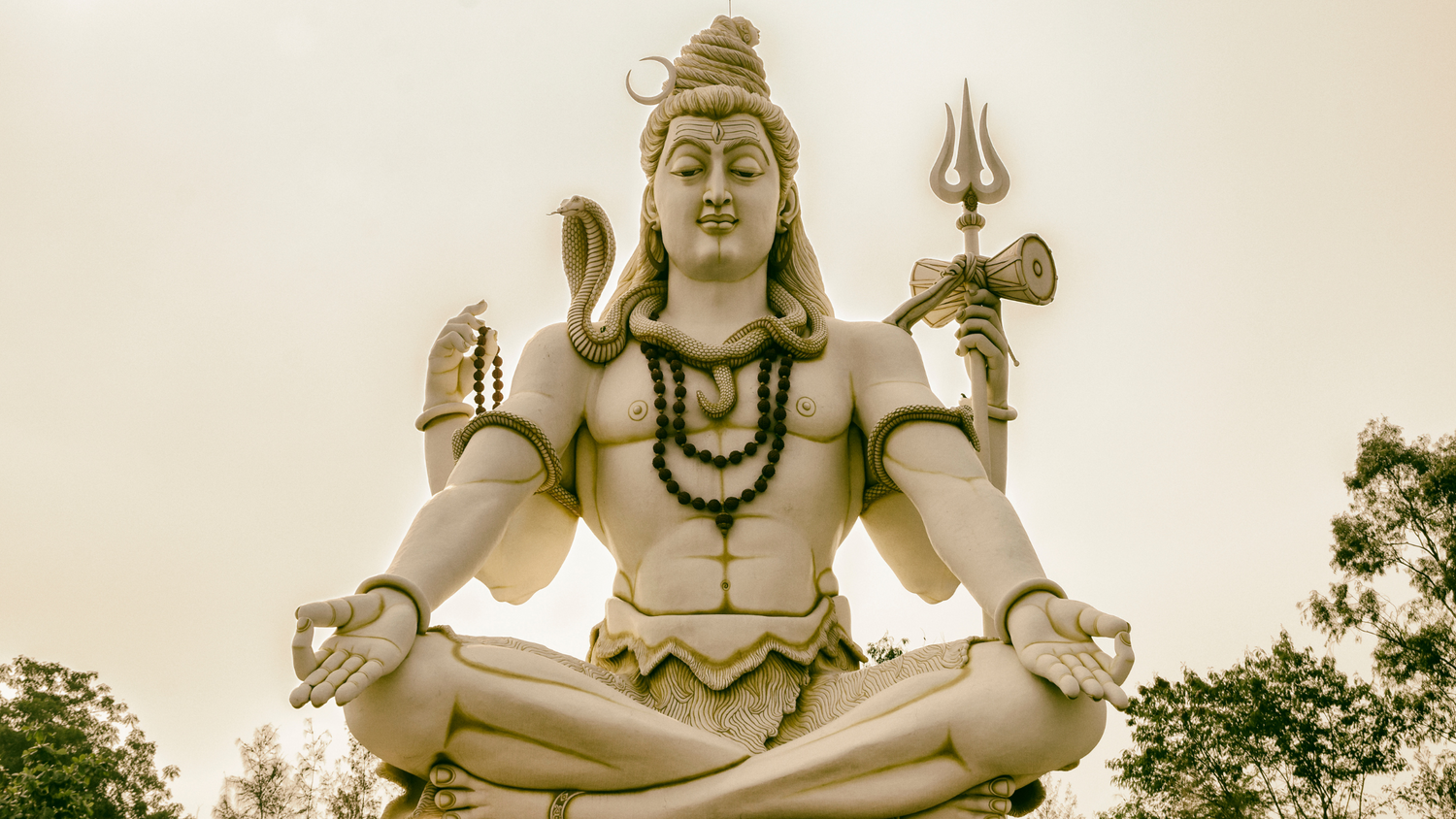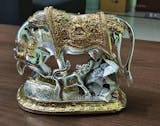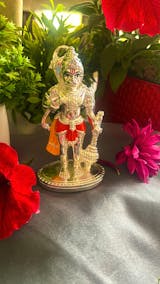Based on enormous stories and beliefs, it is evident that the Hindu Pantheon is loaded with different influential and powerful deities. If you have heard about the stories, you might realize that each deity has unique capabilities, symbolism and significance. For example, Lord Shiva is known to be the lord of destruction. However, lord Vishnu is said to be the god of preservation. It goes on with every deity. At the same time, these deities are also known for their different manifestations and incarnations.
Every incarnation of the gods has various purposes and significance. Do you know the different forms of lord Shiva other than Nataraja? If not, then this would be the right time to learn it. This blog will help you discover the top six avatars of lord Shiva.
Also read: What is the story of Kamadhenu? The tale of Sacred Cow
Top Avatars of Lord Shiva
Pashupati
Do you know the meaning of Pashupati? It means lord of all creatures. It is a prime incarnation of lord Shiva, depicting him as a protector or saviour of all animals. Lord Shiva took this avatar to be the guardian angel of all the living beings on earth. With great compassion, this form of lord Shiva emphasizes harmony in nature. It is said that lord Shiva as Pashupati became a divine shepherd to take care of all the living beings.
Ardhanarishwara
Unlike Pashupati, Ardhanarishwara is an incarnation of lord Shiva that emphasizes the divine union of lord Shiva and his consort goddess Parvati. So, this incarnation depicts with the appearance of half-man and half-woman. This incarnation signifies the inseparable union of feminine and masculine energy. This divine union of lord Shiva and Parvati embraces the balance in nature.
Rudra
The Rudra avatar of lord Shiva is said to be the roaring and fierce force that manifests the elemental natural forces. The name depicts his irreplaceable connection with the storms and tempests. Rudra is said to be the wrathful deity or incarnation of lord Shiva, not only unveils the destructive power but also has the power of healing and regeneration. This form of lord Shiva reached us through the cycle of nature from destruction to renewal.
Bhairava
Bhairava is one of the prime incarnations of lord Shiva that embodies his role as a formidable protector. Lord Shiva manifests his incarnation as Bhairava, depicting utmost fearlessness and protection. With a terrifying outlook, Bhairava is adorned with skulls and carries a club. His appearance signifies the rout of ignorance and fear. He stands for righteousness, chases the truth and balances the cosmic universe. Devotees honor this form of lord Shiva and seek blessings to deal with the hurdles and challenges. He is worshipped also for spiritual liberation.
Based on some beliefs, during the war of demons and gods, lord Shiva created the avatar of Kaal Bhairava. On the other hand, it is also said that once there was an argument between lord Brahma and lord Vishnu about their power supremacy. It disturbed the cosmic balance. During their debate, a radiant pillar appeared, that was extended to the cosmos. Despite all their futile efforts, they failed to find its origin. It is said that while they return, the cosmic pillar reveals the truth in the form of lord Shiva’s avatar- Kaal Bhairava. With a limitless power, he emerged to teach them a valuable lesson.
Nataraja
You might be already aware of Nataraja, the cosmic dancer. He is one of the famous incarnations and forms of lord Shiva that is often portrayed in different dance forms like Bharatanatyam. Nataraja is lord Shiva’s incarnation who performs a celestial dance that signifies the pursuit of creation and destruction. Through his cosmic dance, he symbolizes the cycle of birth, death and rebirth. While discussing the appearance of Nataraja, he is adorned with the crescent moon and the flowing Ganges within a ring of fire. Each dance movement of Nataraja represents the beauty of cosmic elements and the complexity of existence.
Veer Bhadra
Being a formidable avatar of lord Shiva, Veer Bhadra is said to be the fierce incarnation to avenge the injustice that happened to Sati. Once, the legend Daksha, the father-in-law of lord Shiva conducted a Yagna and invited everyone, ignoring lord Shiva and Sati. Being humiliated, Sati attended the ritual to meet Daksha, disregarding lord Shiva’s advice. Daksha's attitude of disrespect towards Sati and lord Shiva caused her anguish which made her sacrifice herself in the fire.
With great rage, lord Shiva heard this news of his wife’s sacrifice. His limitless anger made him pluck his matted hair and throw it to the ground through which this formidable avatar of Veer Bhadra appeared. This wrathful form of lord Shiva with his multiple arms and celestial weapons attended the ceremony of Daksha. His act of destruction and chaos brought fear to all the attendees. Daksha, realizing his act of mistake asks forgiveness to lord Shiva. Subsiding the anger, lord Shiva forgave him and gave back his life with a goat’s head.
Also read: What is the Story of Shiva and Sati? Unveil the Story
Final Words
Beyond these six avatars, people believe the existence of more avatars of lord Shiva symbolizing divinity and existence. Each avatar of lord Shiva has its purpose and stands for righteousness. Guiding us to the right path with invaluable life lessons, lord Shiva embraces transformation to dive deeper into the mystery of life.
Each avatar stands out in its characteristics such as Nataraja is known for the cosmic dance. Whereas, Bhairava signifies unflattering protection of truth. So, diving more into it, you will experience more stories about Hindu mythologies. These fascinating stories of lord Shiva encourages devotees to praise, honor and worship him as the powerful god. Let’s discover more about spirituality and eternal life.






